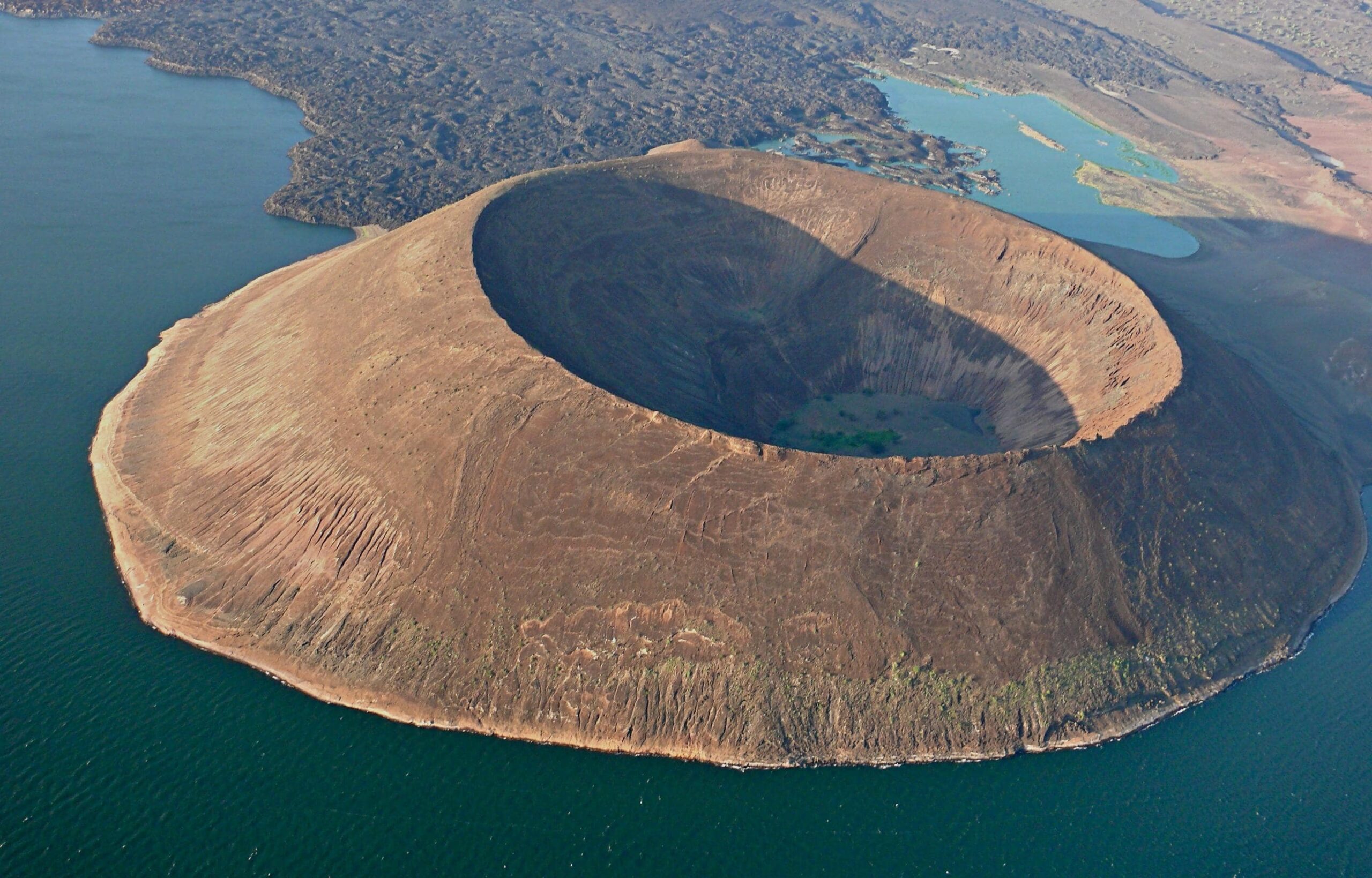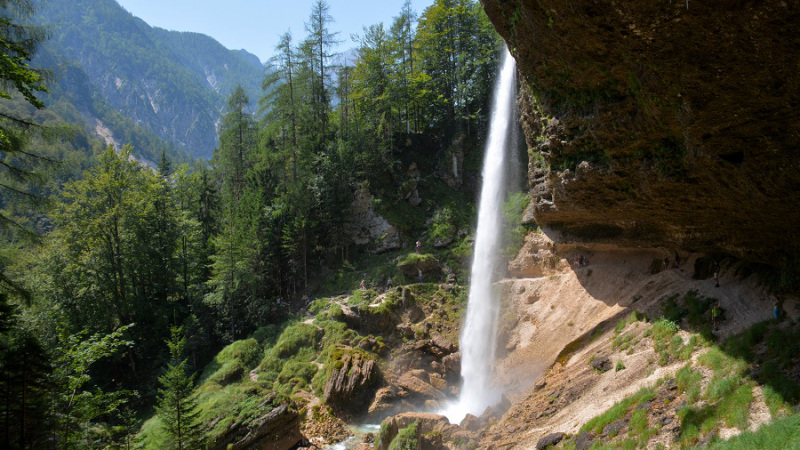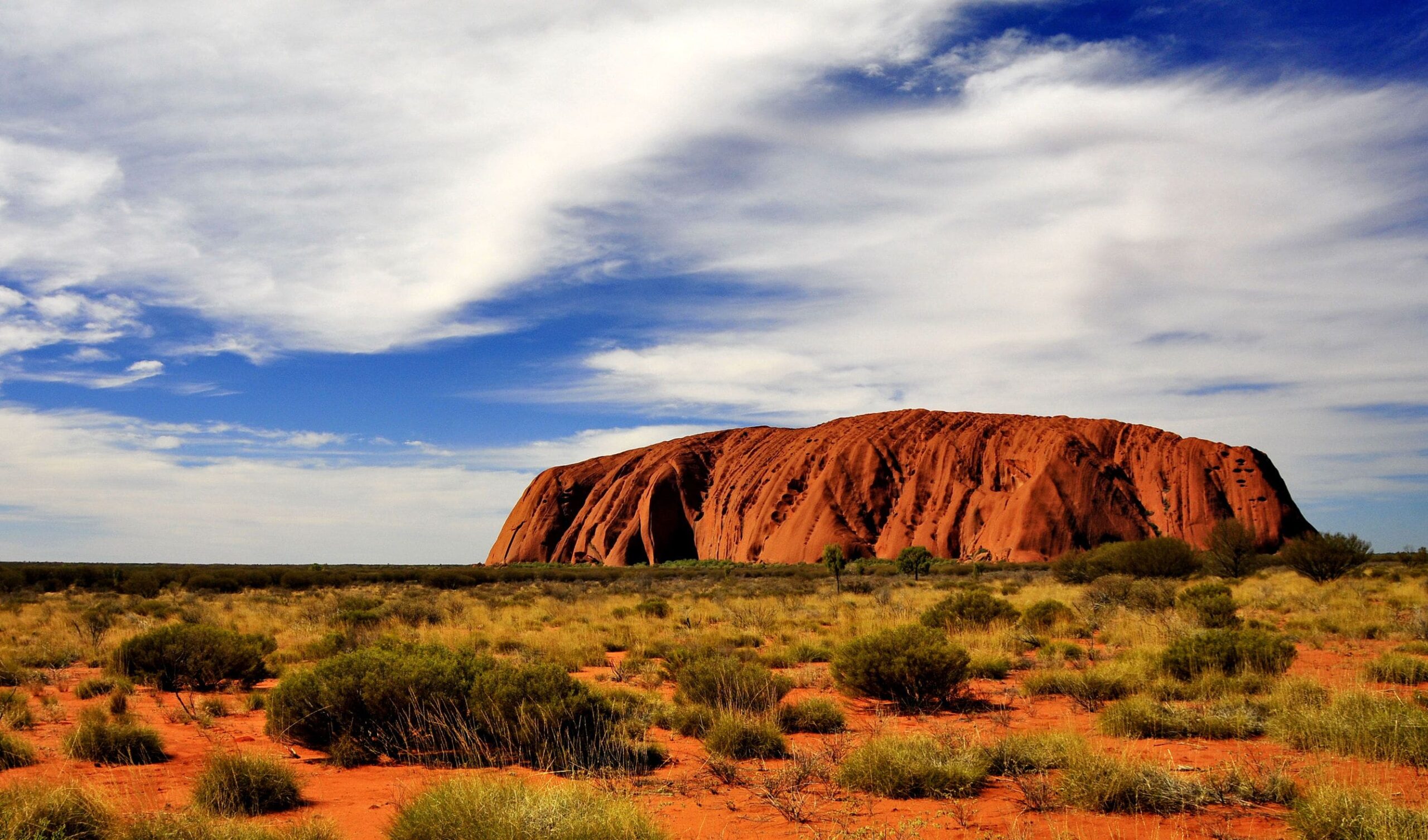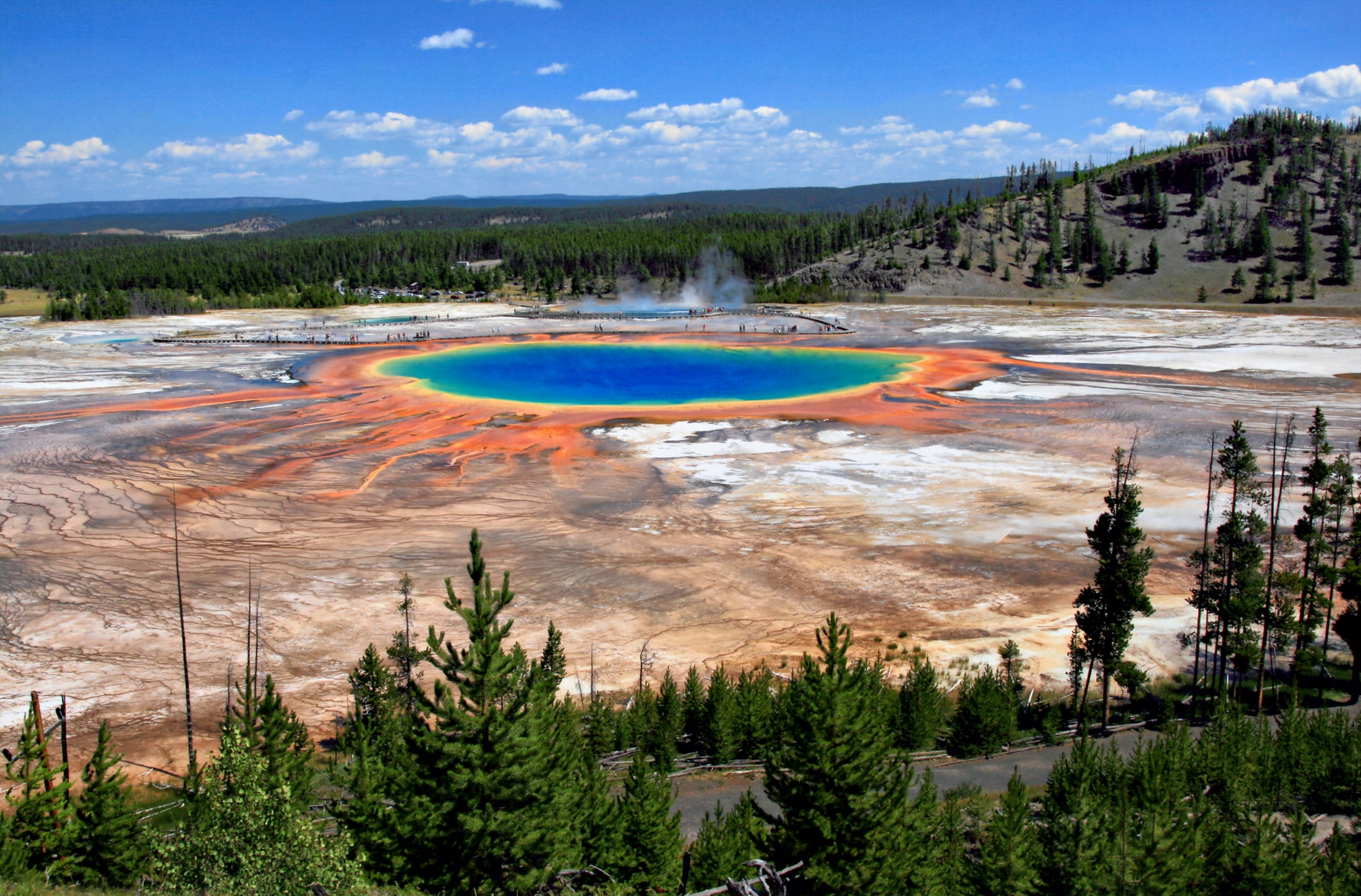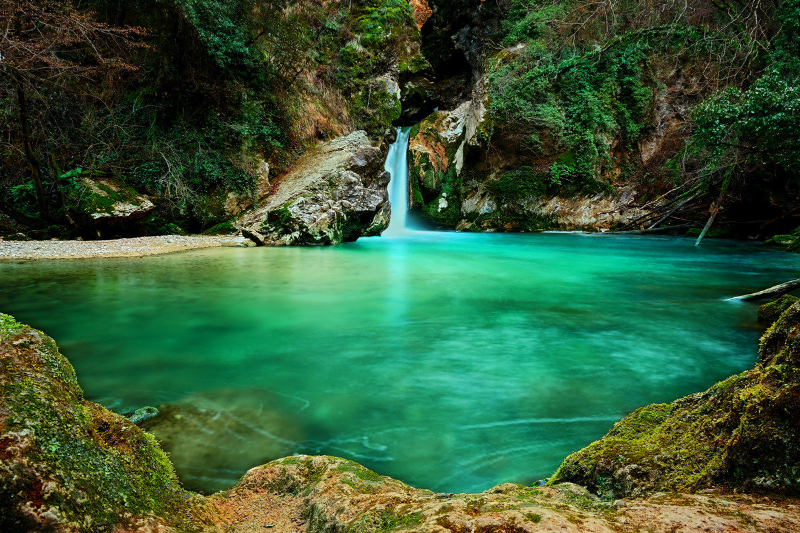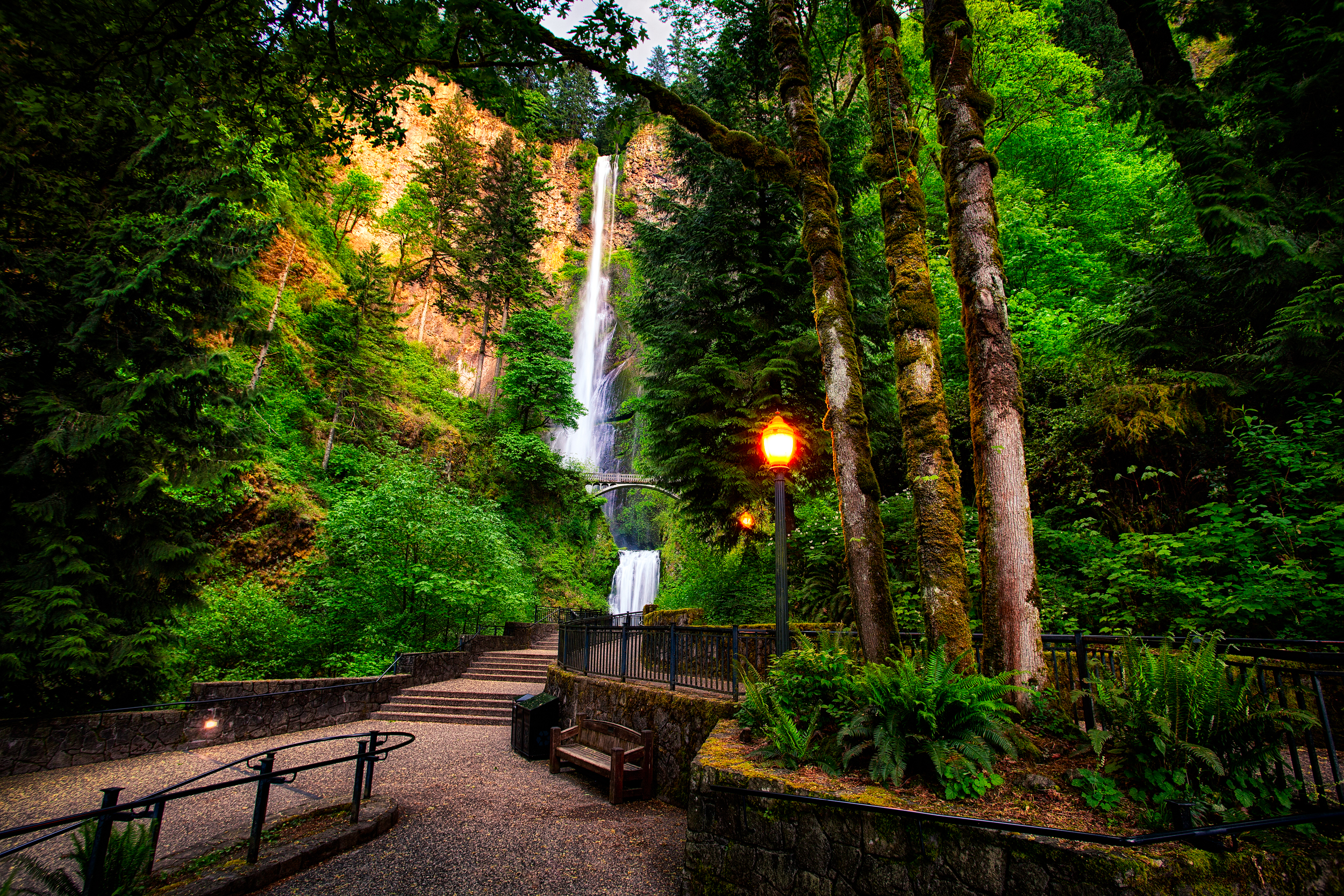Lake Turkana is a remarkable natural wonder that holds various honors and records. It is renowned as the world’s largest alkaline lake and the largest enduring desert lake. In terms of volume, it ranks as the fourth-largest salt lake in the world. The lake’s fame is largely due to its wild character, which it maintains thanks to its suitable temperature and geographic isolation.

Lake Turkana is also notable for its rich biodiversity and unique geological features. Its remote location and harsh environment have helped preserve its wild and untamed nature. The lake and its surroundings are home to a variety of wildlife, making it a significant ecological region.
Lake Turkana National Parks have been designated as a UNESCO World Heritage Site, highlighting their global importance. There are three famous national parks in the Lake Turkana region: Sibiloi National Park, Central Island National Park, and South Island National Park. These parks protect a diverse range of species and are critical for the conservation of the area’s unique ecosystems.
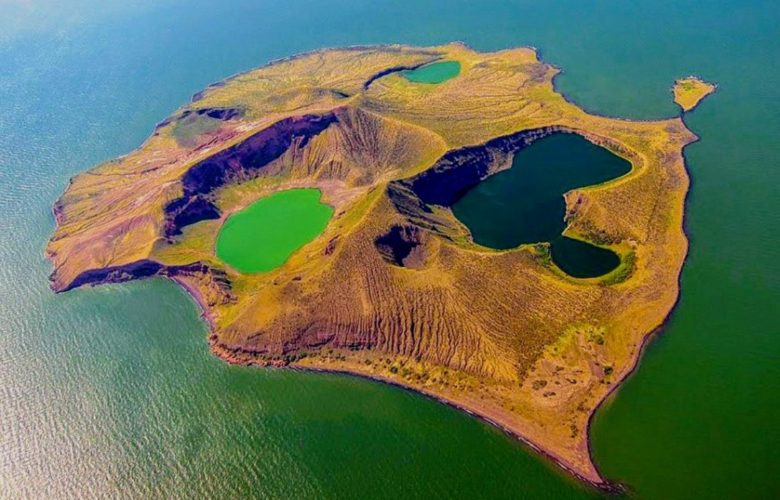
One of the most fascinating geological features of Lake Turkana is the Nabuyatom Crater. This crater, which is actually a caldera, represents the remains of a collapsed volcano. The Nabuyatom Crater is a geological wonder and adds to the unique landscape of the lake. It was discovered by photographer Martin Harvey during an aerial survey of the area, capturing its striking appearance from above.
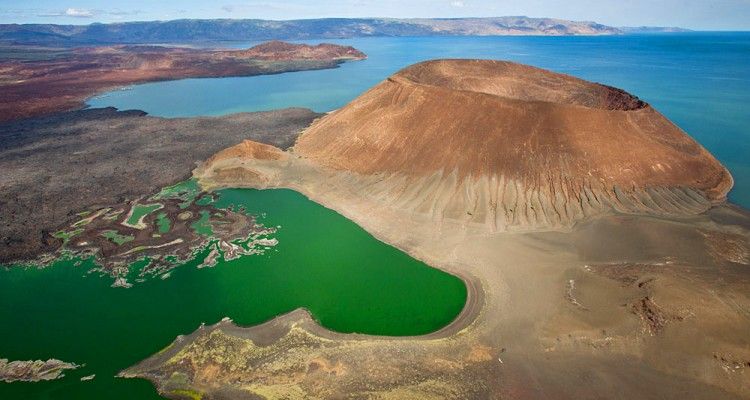
For more information about unique natural wonders and travel destinations, visit Secret World. To explore more about these incredible sites and plan your travels, download our app here.

